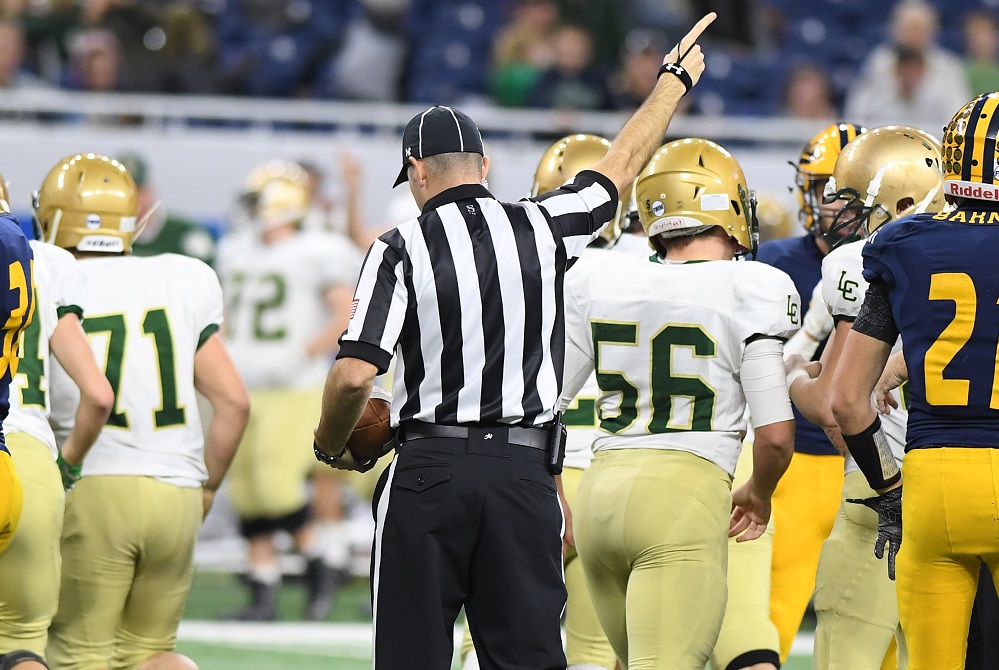
Eight-Player Options
March 10, 2017
Put this in the category of “No good deed goes unpunished.”
In 2011, the MHSAA provided an additional playoff for Class D schools sponsoring 8-player football. This helped save football in some schools and helped return the game of football to other schools. But now that the number of 8-player programs has expanded from two dozen in 2011 to more than 60, there are complaints:
-
Some complaints come out of a sense of entitlement that all final games in both the 8-player and 11-player tournament deserve to be played at Ford Field.
-
Some complaints come from Class C schools whose enrollments are too large for the 8-player tournament. Class C schools which sponsor the 8-player game have no tournament at all in which to play, regardless of where the finals might be held.
-
Some complaints come from Class D schools which protest any suggestion that Class C schools – even the smallest – be allowed to play in the 8-player tournament.
There are now three scenarios emerging as the most likely future for 8-player football:
-
The original plan ... A five-week, 32-team tournament for Class D schools only, with the finals at a site to be determined, but probably not Ford Field.
-
Alternative #1 ... Reduce the 11-player tournament to seven divisions and make Division 8 the 8-player tournament with 32 Class D teams in a five-week tournament, ending at Ford Field.
-
Alternative #2 ... Conduct the 8-player tournament in two divisions of 16 Class D teams, competing in a four-week playoff ending in a double-header at the Superior Dome on the Saturday before Thanksgiving.
The pros and cons of these options are being widely discussed. Sometimes the discussions have a tone that is critical of the MHSAA, which comes from those who forget that it was the MHSAA itself which moved in 2011 to protect and promote football by adding the 8-player playoff tournament option for its smallest member schools. That Class D schools now feel entitled to the Ford Field opportunity and Class C schools want access to an 8-player tournament is not unexpected; but criticism of the MHSAA’s efforts is not deserved.

Be the Referee: Pass Interference
By
Geoff Kimmerly
MHSAA.com senior editor
September 2, 2021
This week, MHSAA officials coordinator Sam Davis explains the differences in high school pass interference rules from those at the college and pro levels.
Be The Referee is a series of short messages designed to help educate people on the rules of different sports, to help them better understand the art of officiating, and to recruit officials.
Below is this week's segment – Pass Interference – Listen
One of the big differences between high school football and the college or pro game is how pass interference is called.
In high school, there is no such thing as an “uncatchable” pass. If there is illegal contact by the defender while the ball is in the air, that’s pass interference, no matter where the pass ultimately ends up.
Also – in high school – a defender can “face guard” as long as no contact is made with the receiver. That is not pass interference, even if the defender does not look back for the ball.
Both of those interpretations differ from the college and pro game. Both (of those) levels have an uncatchable exception, and neither allows for face guarding.
Keep that in mind the next time you think you’ve spotted pass interference at the high school level.
Previous editions
Aug. 26: Protocols and Mechanics – Listen

